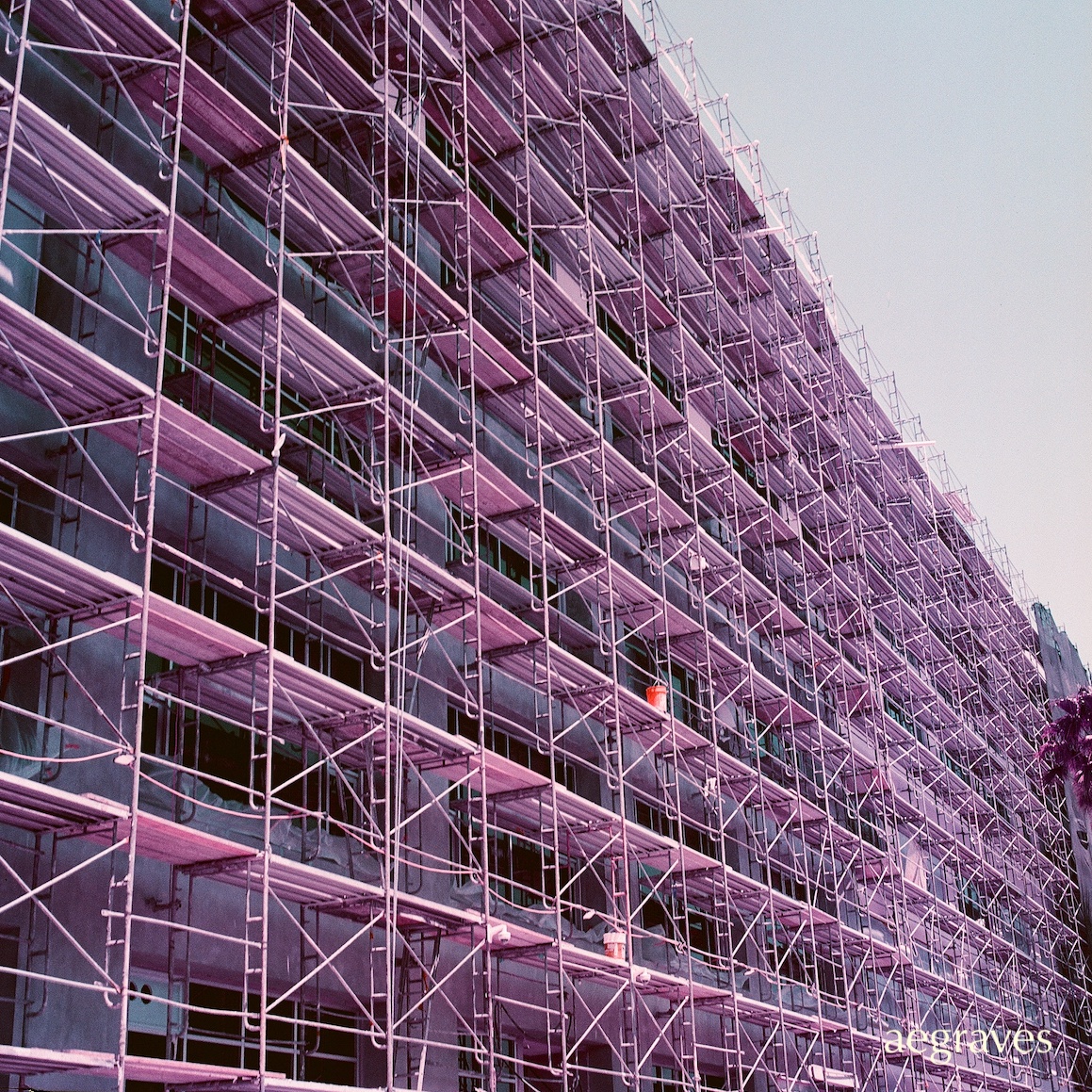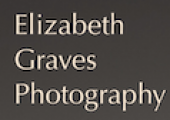(Image above: a crop from a digital smartphone photo taken this past weekend.)
Most of my posts feature analog photography, and that may surprise you. Film and instant media are fantastic FUN to use! Analog media have unique strengths, which I sometimes show off here; they are also very well received in art galleries, because there is an appreciation for physical artistic objects, plus an understanding that some part of image creation was done ‘by hand’ in a way that adds value.
Most of the images I make are digital, however. The camera I use most often is my phone camera, and I save about 1,000 phone images each month, so I’m a big digital photography fan.
I also have ‘workflows’ that involve creating a digital or analog image, editing it into a digital negative, printing it on analog media, and using it for analog contact prints on emulsions I mixed myself in my wet darkroom.
I want it all, and there’s no reason not to use all the tools at my disposal!

I am not a purist sworn to only one form of photography: I choose my tools based on my specific needs and interests.
Would I take a digital camera on a multi-week backpacking trip where there will be no electricity? NO. If I’m going to an environment where film might overheat, be subject to excessive x-rays, or be inconveniently bulky, will I use film? UNLIKELY! I’m a practical, over-enthusiastic photographer.
These are situations when I favor ANALOG technologies:
-
- PRINTING RESOLUTION: I use film for medium format images, where its superior resolution (equivalent to greater than 50MP) exceeds the abilities of my digital cameras. Medium format in particular includes details beyond the range of my natural sight, and there is something super-real about the resulting images.
- TONALITY: I use film when it has superior tones, which is currently true for black and white images in any format (medium or 35mm). (Digital is improving, but I experience banding and other anomalies with digital monochrome currently.) The sophistication of panchromatic films, and the option to shoot orthochromatic films for their unique characteristics, provides great control and impressive output
- NOVELTY / UNIQUE CAPTURE: I have a camera called the Spinner 360, which creates images in seconds that would require hours of work to sew smaller, digital images together to achieve the same result.
- UNIQUE OR EASIER SPECIAL EFFECTS: I use film when it generates some unique effect, like a color shift from cross-processing, or special colors from an exotic emulsion, because those require too much work to emulate in digital. (The workflows to emulate cross-processing slide film involve about 20 steps, when the chemistry just works in one!)
- EASE OF USE: I use film in instant printing cameras, because I like the output, which has social value as gifts, as well as instant gratification for people who are cooperating with portraits or group activities. I use film when it is readily available, and easy to carry.
- LIMITED POWER SUPPLY SITUATIONS: I use film when I will be away from electricity, because my film cameras can work for months on small batteries (or no batteries at all, in the case of my medium format camera. My antique 1950s light meter doesn’t need a battery, either!). Backpacking and trekking both work very well with film!
These are situations when I favor DIGITAL technologies:
-
- INSTANT SHARING OF AVERAGE RESOLUTION IMAGES: this is what phone photos were invented for!
- DAILY ROUTINE PORTABILITY: I always have at least my phone with me, so I never have to miss a shot.
- CAPACITY CONVENIENCE: I may run low on batteries, but I rarely run out of storage space, so I can shoot a nearly unlimited number of images. My storage media do not expire and do not need to be reordered unless they malfunction.
- INFRARED PHOTOGRAPHY: the instant feedback from my converted-to-infrared-only camera takes guesswork out of shooting in wavelengths of light that I can’t see with my eyes! (It also saves me the hassle of the special handling requirements of infrared film.)
- TRAVEL PORTABILITY: in situations away from home when I have consistent access to electricity, digital gear is easier to use. I don’t need to worry about what the x-ray machines will do to the digital camera in my luggage! Also, SD cards are quite flat and portable. (Note: This is a compromise: cameras as high resolution as my large medium format cameras work best ‘tethered’ to a laptop and external drives, and so are NOT easily portable by one photographer working alone.)
Photographers who never print their work, and especially those who never print it LARGE, have different needs than I do. I’ve learned not to listen to advice that reduces my printing options, would be inconvenient, or would be less fun!

